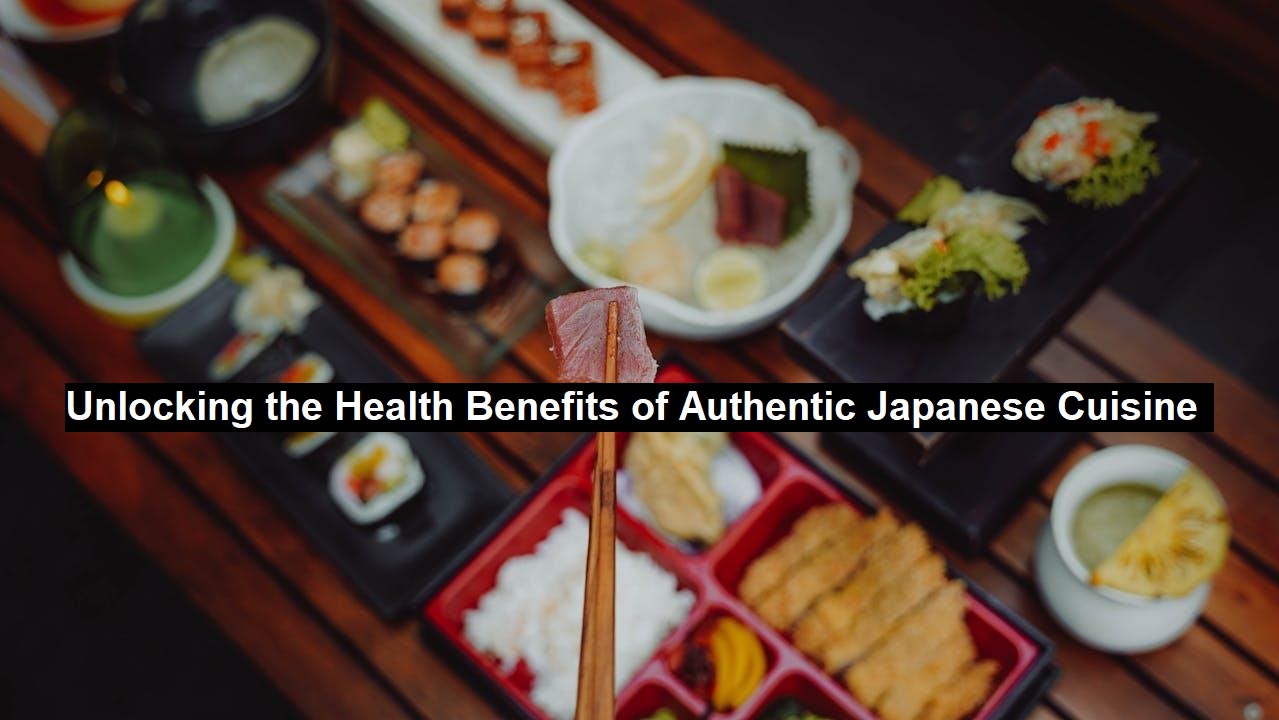Did you know that Japan has one of the highest life expectancies in the world? Many attribute this longevity to the country’s balanced, nutrient-rich diet—a perfect blend of fresh ingredients, mindful portions, and time-honored culinary traditions.
Japanese food is a powerhouse of health benefits, from delicious sushi rolls to umami-rich miso soup. The secret? Natural, whole ingredients, minimal processing, and a deep respect for balance.
With omega-3-packed fish, fiber-rich seaweed, or probiotic-laden fermented foods, every bite nourishes the body while delivering incredible flavors.
Find out the health benefits of Japanese cuisine below!
The Pillars of a Healthy Japanese Diet
Japanese cuisine primarily revolves around the following:
Shun
The Japanese prioritize fresh, seasonal ingredients, a concept known as shun—eating foods at their peak flavor and nutritional value.
This tradition means that meals are tastier and richer in vitamins, minerals, and antioxidants. Seasonal produce, such as daikon radishes in winter or bamboo shoots in spring, provides essential nutrients that support the body’s natural cycles.
Seafood is a staple in Japanese diets and is often sourced locally, ensuring freshness and high amounts of omega-3 fatty acids, promoting heart and brain health.
Read: How Technology Has Changed The Travel Industry
Ichiju sansai
Balance is another key principle seen in ichiju sansai (one soup, three sides). This setup includes diverse nutrients—lean proteins from fish or tofu, complex carbohydrates from rice or soba, and healthy fats from fish oils and sesame seeds.
Unlike Western diets that often focus on large portions of a single dish, this approach encourages variety, moderation, and a greater intake of essential micronutrients.
Focus on natural ingredients
Another reason Japanese cuisine is considered one of the healthiest in the world is its minimal reliance on processed foods, refined sugars, and unhealthy fats. Instead of heavy sauces or artificial seasonings, natural ingredients are steamed, grilled, or simmered to preserve nutrients and enhance natural flavors.
Fermentation, seen in foods like miso and natto, improves taste and boosts gut health with probiotics. Japanese cuisine prioritizes wholesome, nutrient-dense ingredients and mindful preparation. Overall, it supports longevity and vitality.
Key Health Benefits and Components
The Japanese diet focuses on ingredients that promote long-term health and wellness. Here are some essential elements to take note of.
Umami
Japanese cuisine is known for umami, the so-called “fifth taste” that creates a deep, savory richness in food. Found in ingredients like miso, kombu (kelp), and shiitake mushrooms, umami enhances flavor naturally. It reduces excess salt and makes dishes more satisfying.
Fermented foods
Staples like miso, natto (fermented soybeans), and tsukemono (pickled vegetables) are packed with probiotics, which aid digestion, boost immunity, and support a healthy microbiome.
Habitually eating these foods has been linked to improved metabolism and reduced inflammation, key factors in long-term wellness.
Superfoods
Japanese diets also feature nutrient-dense superfoods like seaweed and green tea. Nori, wakame, and kombu provide essential minerals like iodine and antioxidants that support thyroid function and overall vitality.
Meanwhile, matcha and sencha green tea are rich in catechins, compounds that improve heart health, support metabolism, and reduce oxidative stress. Adding these elements to your diet—a simple miso soup, a sprinkle of seaweed on rice, or a daily cup of green tea—can bring a natural health boost with every meal.
Healthy Japanese Food Practices
Aside from the food itself, the Japanese practice the following healthy habits:
Hara hachi bu
A key principle in Japanese eating habits is hara hachi bu, which means eating until 80% full. Rooted in Okinawan culture, this mindful approach prevents overeating and supports weight management by allowing the body time to recognize fullness. Prioritizing satiety over excess helps maintain a healthy metabolism and long-term well-being.
Portion control
Traditional Japanese meals are served in small dishes, encouraging diverse foods while maintaining balance. This practice enhances nutrition and emphasizes visual appeal, as beautifully arranged meals engage multiple senses and promote a more satisfying eating experience.
Nutritious cooking methods—steaming, grilling, and simmering—preserve nutrients while minimizing unhealthy fats from deep-frying.
Communal eating
Beyond nutrition, eating as a shared experience is a cornerstone of Japanese culture. Family and friends enjoy meals, reinforcing mindful eating habits and strengthening social bonds.
This communal aspect makes dining more enjoyable and promotes better digestion and emotional well-being—proving that a healthful diet is about more than just food; it’s about connection, too.
Moreover, expressing gratitude before and after meals, known as itadakimasu and gochisousama, deepens this sense of appreciation. These traditions emphasize that nourishment extends beyond the body, nurturing the heart and spirit as well.
The Art of Eating Well
From fresh, seasonal ingredients to balanced meals and mindful eating habits, Japanese cuisine offers a natural and delicious path to better health. Focusing on umami-rich foods, gut-friendly fermentation, and nutrient-dense superfoods means that every bite is satisfying and nourishing.
The best part? Incorporating these healthy Japanese practices into your lifestyle doesn’t have to be complicated. A simple bowl of miso soup, serving steamed fish with rice, or even a cup of matcha tea can bring flavor and wellness to your daily routine.
So, why not take a cue from Japan’s time-tested traditions and start savoring your way to better health?











